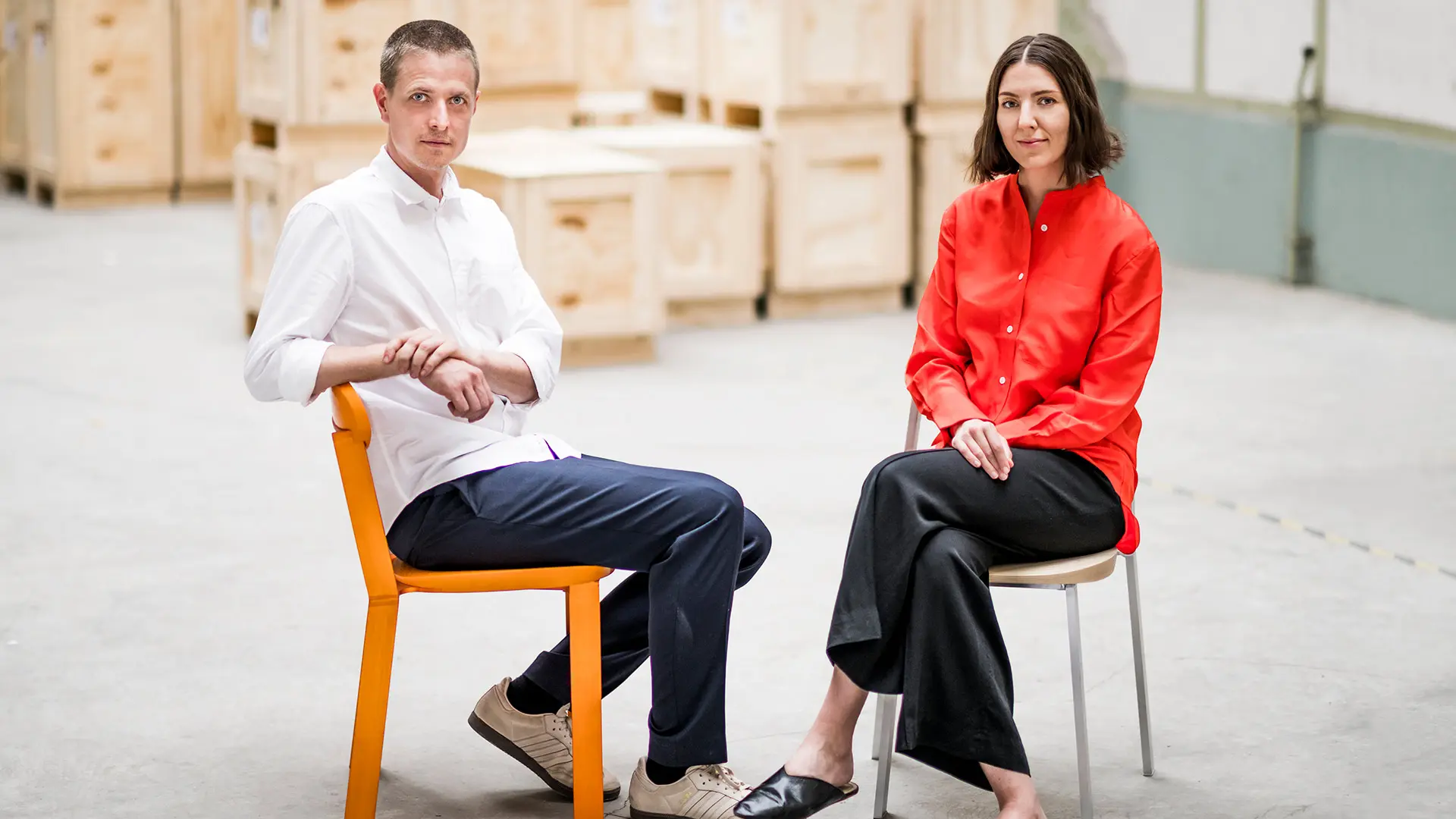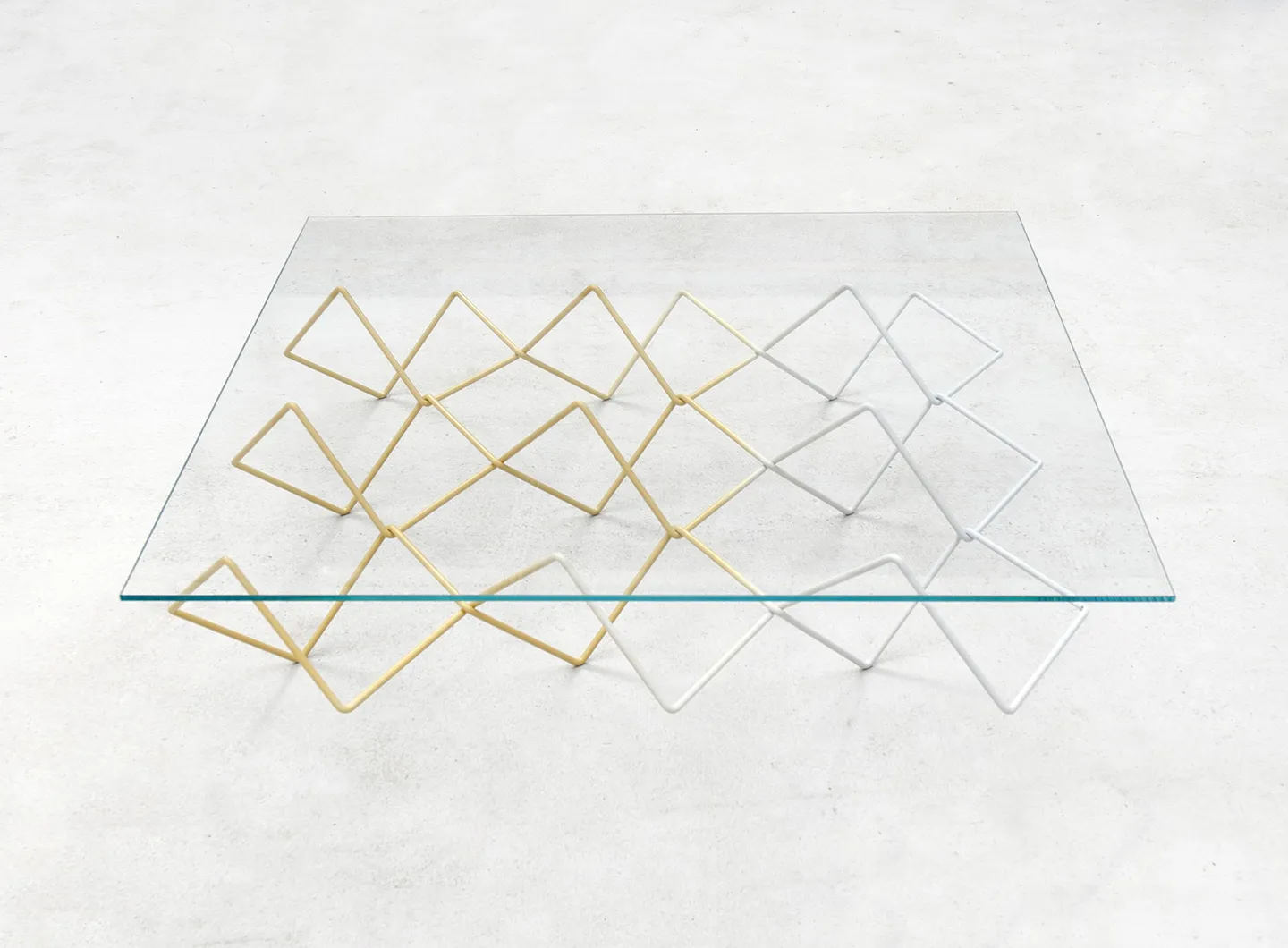In partnership with MiCodmc, a selection of establishments ripe for discovery during the 63rd edition of the Salone del Mobile.Milano, from 8th to 13th April

Their work straddles the industrial and the artistic, both limited series and major production lines: Australians Joel and Kate Boody never tire of experimentation. All in the hunt for perfect harmony.
Truly Truly was set up in Rotterdam in 2013 by Australian designers Joel and Kate Boody, who experiment tirelessly with textiles and materials. They explore new forms and ways of living through original, companionable everyday objects with their own particular silent, and often brightly coloured, grace.
With all our work, we try to find opportunities to harness the special qualities inherent in material, form and colour. By making special objects, we hope they will be treasured and stand the test of time. Where possible we choose solutions that will make a difference to the environment and the future. Our IKEA PS sofa is an example of this. Rather than making a sofa from foam glued to MDF, we chose to separate out all the parts and use materials that still have life in them. Using ordinary cushions for the seating of this sofa achieved this. It also meant that the sofa was made from totally recyclable materials. This is far less possible when everything is glued together.
We see design as very multifaceted. We consider many different aspects of a design - aesthetics, function, experience, tactility, materiality and quality. We are very conscious that all these details have to work together in a composition to make the final piece work. It is perhaps this awareness that you might say is the over-arching approach that we tend to apply to various fields - such as interior spaces, installations, objects and visuals.
Any design issue is potentially interesting to us. We look for an opportunity to see “How can we inject something special into this?” “When can this come to life?” Naturally this means carefully balancing all the elements and contextual factors (previously mentioned) involved. Above all, the result must be faithful to its stated purpose. This is our constant goal.
Everything you do in a design communicates something; this was the main tool we borrowed from graphic design. In graphic design we were consciously balancing colour, form, surface texture, and images to communicate a feeling, a mood or a message. In our objects or spaces, we do the same thing, but with more dimensions. Ultimately, the result will always communicate something of itself to the user.
When we were invited to come up with a vision for a contemporary house, we talked a lot about the way people are living quite fluidly. Rooms are no longer strictly used for one single purpose. People now work or relax freely in many different parts of the home. To reflect this, we split the space into different atmospheric moods rather than functions. The moods are active, serene, private and laid back. The idea is that you can choose where to pursue an activity according to your mood.
Another focus was to create a space with warmth of materiality. We deliberately chose to balance natural tactility with abstraction, sometimes juxtaposing them. It was important to us that while the space was surprising in some respects, it should also feel inviting - a place for slowing down and spending time.
We were able to share our design vision with a wide and interested audience. This included brands, interior architects and individuals. We gained a lot of insight from being able to talk to all these different groups and understand their varied interests and perspectives with regard to design. We also met some particular producers with whom we’ve subsequently completed projects. We designed the Typography lighting system for the Australian lighting company Rakumba, and Tacchini, the Italian furniture company now produces our Daze side tables.

In memoriam: David Lynch
The American director has left us at the age of 78. The Salone del Mobile.Milano had the honor of working with him during its 62nd edition, hosting his immersive installation titled “A Thinking Room”. An extraordinary journey into the depths of the mind and feelings. His vision will continue to be a source of inspiration.



 Stories
Stories















